Whispers Beneath the Ice: Why It’s Illegal to Die in Longyearbyen
Imagine a place where you can’t simply rest in peace. It sounds strange, but it’s true! Welcome to Longyearbyen, Svalbard, a town unlike any other. Why is dying against the rules here? Let’s find out why it’s illegal to die in Longyearbyen.
Located deep in the Arctic Circle, Longyearbyen is one of the northernmost inhabited places on Earth
🕯️ Strange But True
There’s a town where death is so unwelcome… the law makes dying illegal. Welcome to Longyearbyen.
Longyearbyen is a remote Arctic town located on the Svalbard archipelago, halfway between mainland Norway and the North Pole.
The Permafrost Problem: A Grave Situation
The main reason? Permafrost. The ground is always frozen solid. This creates some unique problems when it comes to burial.
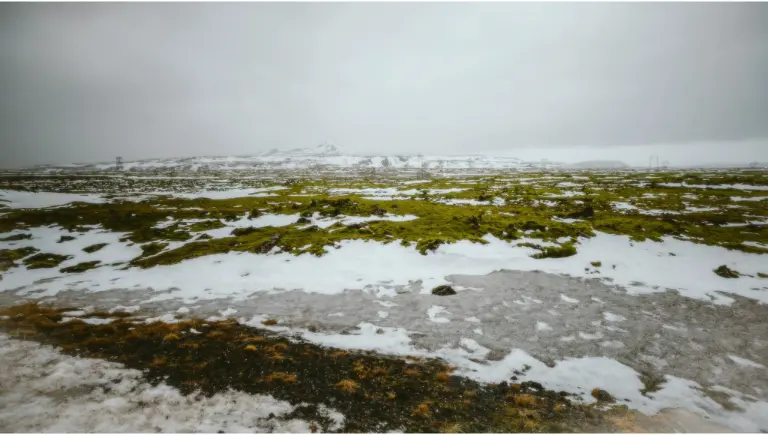
Preserving the Past: How Permafrost Impacts Decomposition
Normally, bacteria break down bodies after death. But in Longyearbyen’s permafrost, that doesn’t happen. The cold slows down decay significantly. This means bodies are almost perfectly preserved. Scientists worry about potential health hazards. Old diseases could stick around in the frozen bodies, and that’s an issue.
💡 Did You Know?
In 1998, scientists discovered bodies from the 1918 Spanish Flu pandemic buried in Arctic permafrost—still containing live virus particles!
Unearthed Dangers: Viruses and the Thawing Ground
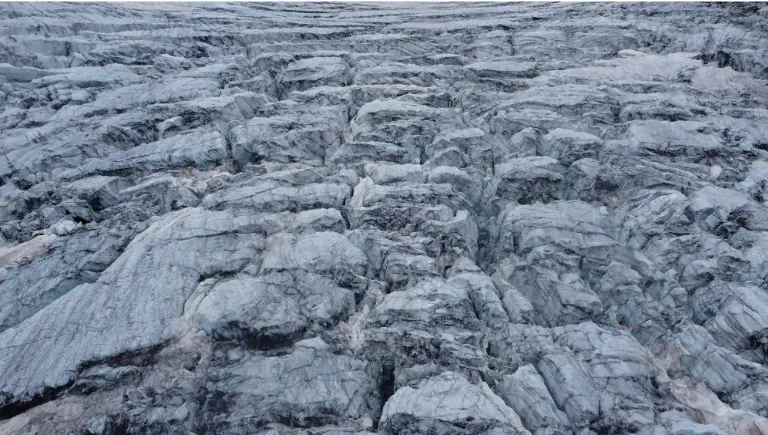
What if ancient viruses are released? As the permafrost thaws, there’s a chance these old threats could resurface. This isn’t science fiction. Scientists have been studying this very possibility. They’re watching how melting permafrost could impact modern health. It is a serious concern that needs to be addressed.
⚠️ Warning
As permafrost melts due to climate change, once-dormant viruses and bacteria frozen for centuries could potentially pose a threat to modern humans.
Longyearbyen's History: A Town Built on Coal
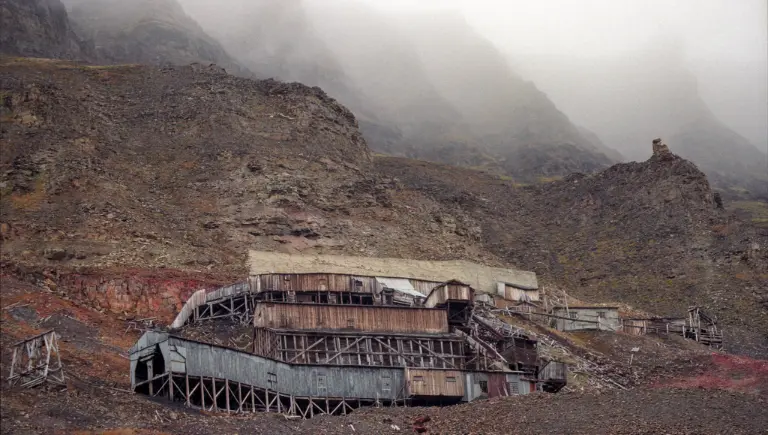
Longyearbyen started as a coal mining town. In the early 1900s, it was all about digging up resources. Coal shaped the town’s identity.
📌 Quick Fact
Longyearbyen was founded in 1906 by an American businessman, John Munro Longyear—hence the town’s name.Longyearbyen was founded in 1906 by an American businessman, John Munro Longyear—hence the town’s name.
From Mining Hub to Research Center: A Transformation
Things changed over time. Mining became less important. Now, Longyearbyen is a center for Arctic research. Scientists from around the globe come here to study climate change and the environment. The economy has transformed.
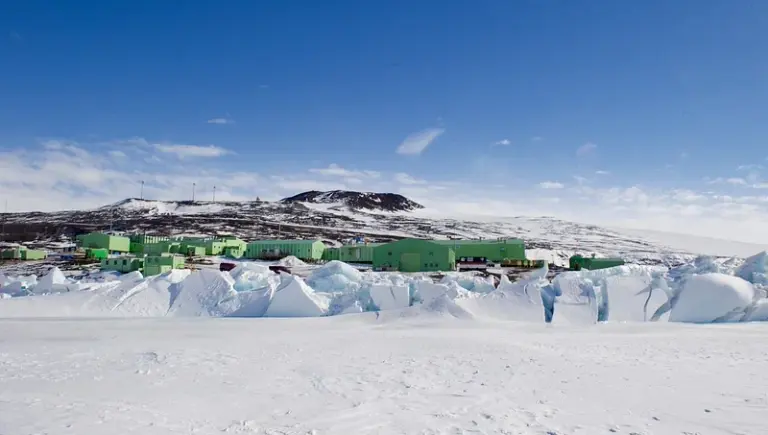
Limited Space, Limited Options: The Realities of an Arctic Town
Space is limited on Svalbard. There isn’t much room for a large cemetery. The permafrost issue makes it even harder. Finding suitable burial grounds is a real challenge in this Arctic town.
The Logistics of Death in Longyearbyen: What Happens When Someone Passes Away
So, what happens if someone dies in Longyearbyen? It’s not like the authorities ignore it. There are specific procedures in place.
🔹 Info Box
In Longyearbyen, terminally ill patients are often advised to relocate to mainland Norway. The town does not have long-term palliative care facilities.
Sending the Departed South: The Process of Repatriation
The body is usually transported to mainland Norway. There, they are buried or cremated. It’s called repatriation. This process comes with logistical challenges. Getting a body off the island requires careful planning and coordination.
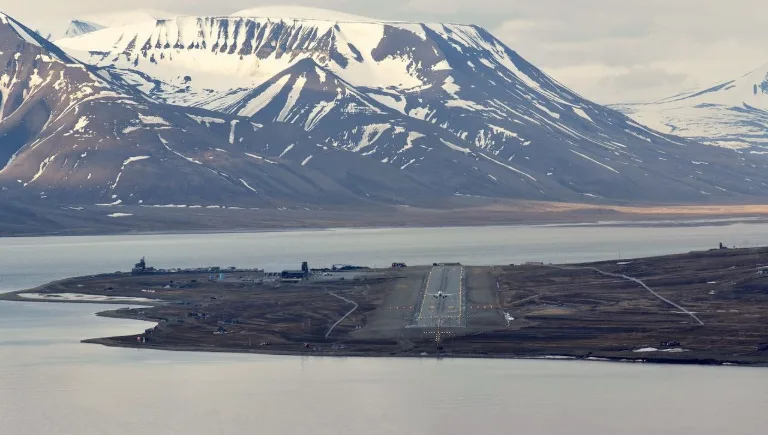
Emergency and End-of-Life Care: Planning for the Inevitable
Longyearbyen has medical facilities, but they aren’t equipped for everything. Serious illnesses or end-of-life situations are handled carefully. The focus is on providing the best possible care. If necessary, patients are moved to the mainland for specialized treatment.
Beyond the Grave: The Broader Implications of the Law
This law raises some interesting questions. What does it mean for how people think about life and death?
The Cycle of Life and Death: Perspectives in a Unique Environment
Living under this law changes things. Residents have a unique view on mortality. They’re constantly reminded of the fragility of life. This makes them think about their place in the world.
💡 Did You Know?
The law doesn’t literally “ban” death—but due to health concerns, burials are prohibited and alternatives are strictly enforced.
Adapting to the Arctic: Longyearbyen's Resilience
Longyearbyen has shown incredible resilience. The town has adapted to extreme conditions. It has overcome many challenges. This law is just one example of the town’s ability to adjust.
Visiting Longyearbyen: What You Need to Know
Planning a trip to Longyearbyen? Here’s what you should know.
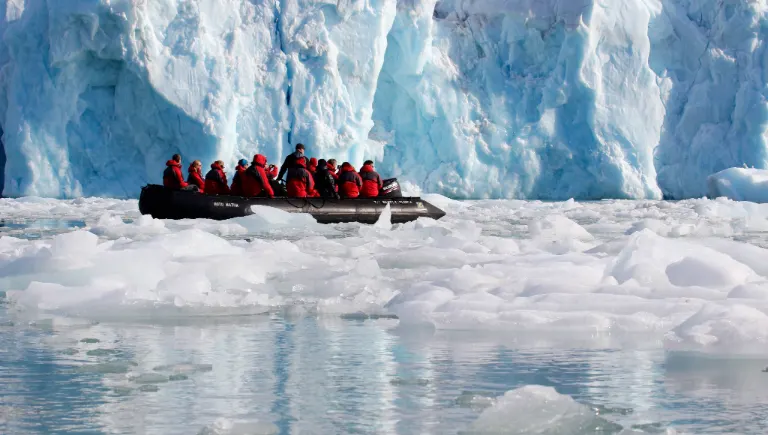
Respecting the Environment: Responsible Tourism in Svalbard
Be a responsible tourist. Minimize your impact on the environment. Respect the local culture. It’s crucial to protect this unique place. Curious travelers can learn more on the official Visit Svalbard website.
Planning Your Trip: Essential Information and Resources
Check visa requirements. Pack warm clothes. Learn about the local customs. Plan your trip carefully for an unforgettable experience. Want to explore more strange laws and remote places? The Culture Trip: It’s Illegal to Die Here
Conclusion
The law against dying in Longyearbyen is more than just a quirky rule. It reflects the challenges of living in an extreme environment. Longyearbyen’s story is one of adaptation and resilience. It makes you think about how we deal with life, death, and the world around us.
You Might Also Like Whispering gallery St Pauls Cathedral







